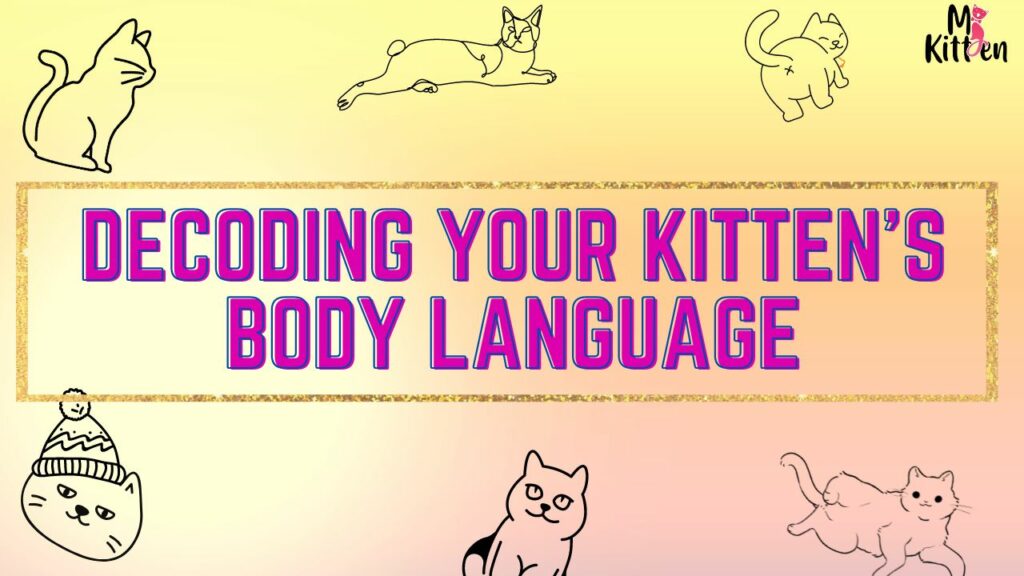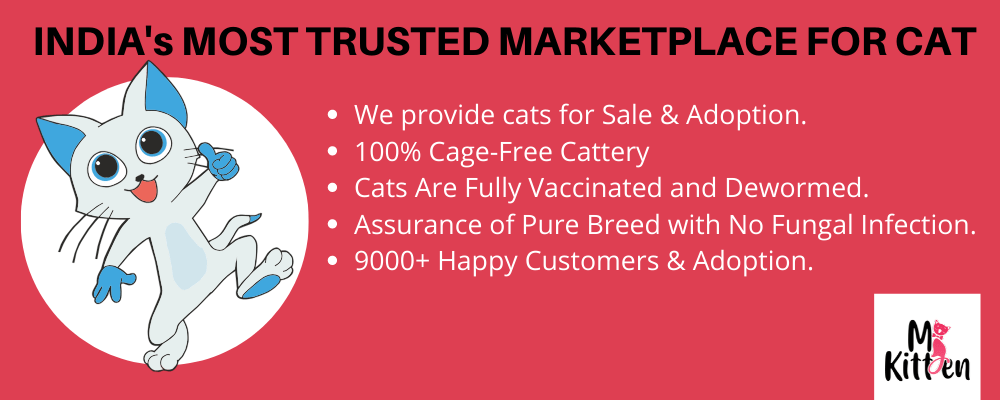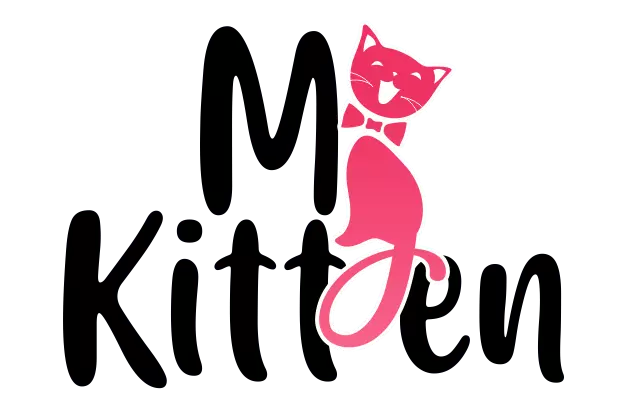
Table of Contents
Decoding Your Kitten’s Body Language: A Guide for Cat Owners
Introduction:
Cats are fascinating creatures with their own unique way of communicating. As a cat owner, understanding your kitten’s body language can help you to build a strong and lasting bond with them. This understanding can also help you to detect any health issues, emotional or behavioral problems that your kitten may be facing. In this article, we will take a deep dive into the world of feline body language, helping you to understand your kitten’s every twitch, tail movement, and meow.
Tail Movements:
The movements of a cat’s tail can reveal a lot about their mood and state of mind. A tail that is held high is a sign of confidence and playfulness, while a low-hanging tail can indicate fear or anxiety. A twitching tail is also a sign of excitement and can be a good indication that your kitten is about to engage in some playful behavior. On the other hand, a tail that is puffed up and bushy can be a sign of aggression or fear.
Ear Position:
The position of a cat’s ears can be an excellent indicator of their mood. Ears that are facing forward and alert are a sign that your kitten is interested and alert, while flattened ears indicate fear, anger, or discomfort. Ears that are held back can be a sign of aggression, while twitching ears can indicate that your kitten is either in pain or is experiencing an intense emotional state.
Eye Contact:
Eye contact is an important aspect of feline body language, and it can reveal a lot about your kitten’s emotional state. A direct and unblinking gaze can be a sign of trust, while avoiding eye contact can indicate fear or discomfort. Dilated pupils are also a sign of excitement, while constricted pupils can indicate fear or stress.
Posture:
Your kitten’s posture can also reveal a lot about their mood. A relaxed posture with a slightly curved spine and a loose tail is a sign of a content and relaxed kitten, while a stiff and rigid posture can indicate fear or aggression. A crouched posture with the tail tucked between the legs is a sign of fear or submission, while a raised posture with the tail held high is a sign of confidence and playfulness.
Vocalizations:
Meows, purrs, and other vocalizations are also an important aspect of feline communication. Purring is often a sign of contentment and relaxation, while meows can range from demands for attention to expressions of pain or discomfort. Hissing and growling are signs of aggression, while a sudden yowl or screech can indicate fear or pain.
Conclusion:
In conclusion, understanding your kitten’s body language is key to building a strong and lasting bond with them. By paying attention to their tail movements, ear position, eye contact, posture, and vocalizations, you can gain a deeper understanding of your kitten’s emotional state and help to ensure that they are happy and healthy. With this comprehensive guide, you will be able to decode your kitten’s every signal and make the most of your time together.

Share on this here :-

